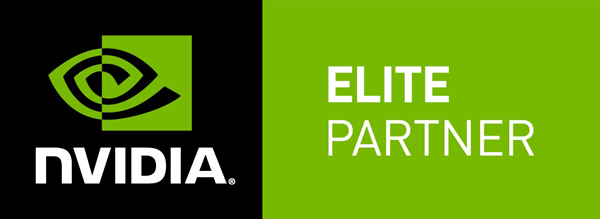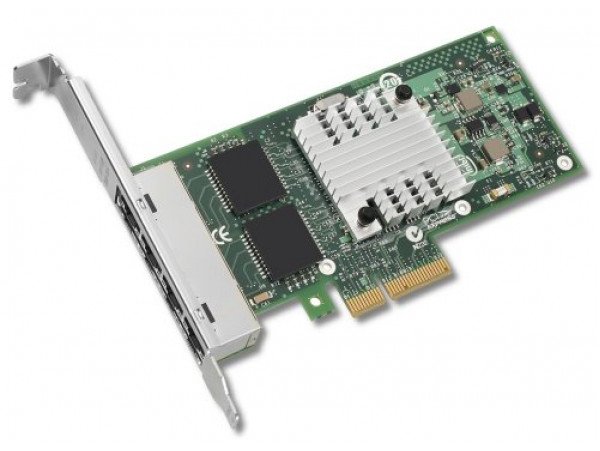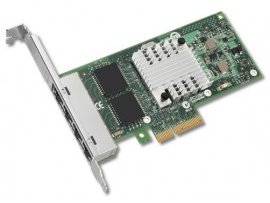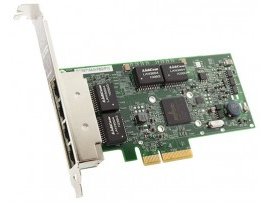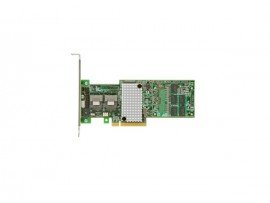-
Server
 Hãng sản xuấtTheo cấu hình
Hãng sản xuấtTheo cấu hình -
Workstation
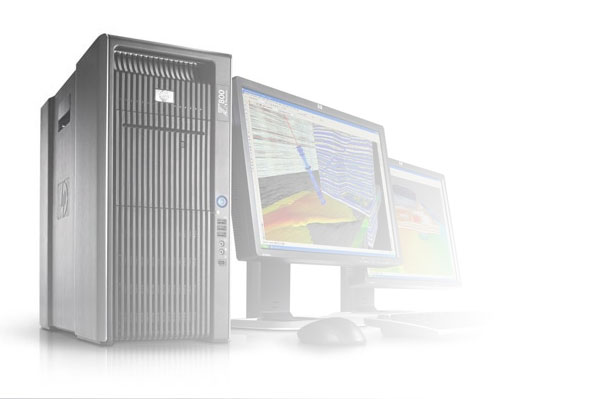 Hãng sản xuấtWorkstationDeep Learning
Hãng sản xuấtWorkstationDeep Learning - Storage
-
Parts
Hãng sản xuấtTheo dòng máy chủ
-
Networking
 Hãng sản xuất
Hãng sản xuất - License
-
Giải pháp

- Blog
-
Thông tin
Về chúng tôi
- Liên hệ
Danh mục
49Y4240 - Intel Ethernet Quad Port Server Adapter I340-T4 for Leonovo IBM System x
- Nhà sản xuất: Lenovo IBM
- Mã sản phẩm TM1851
- Tình trạng: Liên hệ đặt hàng
- 6.700.000 VNĐ
Giá trên chưa bao gồm thuế VAT 10%
NVKD sẽ liên hệ lại ngay
Thông tin sản phẩm 49Y4240 - Intel Ethernet Quad Port Server Adapter I340-T4 for Leonovo IBM System x
Features and specifications
The adapters have the following features:
Two or four 10/100/1000 copper ports with RJ45 for Cat 5e/6 cabling
Based on Intel 82580 ASIC (quad-port MAC/PHY controller)
PCIe 2.0 x4 host interface
Low-profile card form factor
Wake on LAN support
Preboot eXecution Environment (PXE) boot support
VLAN support with VLAN tag insertion, stripping, and packet filtering for up to 4096 VLAN tags
iSCSI boot support (built-in software iSCSI initiator)
iSCSI support with native operating system initiators
Jumbo frame support
Intel I/O Acceleration Technology (I/OAT) acceleration
Intel Virtual Machine Device Queues (VMDq) support for VMware with eight queues per port
TCP/IP checksum offload
TCP/IP segmentation offload / large-send offload support
Intel I/O Acceleration Technology (Intel I/OAT) is a suite of features that improves data acceleration across the platform, from networking devices to the chipset and processors, which helps to improve system performance and application response times. The suite of features includes:
Intel QuickData Technology: Provides the Direct Memory Access (DMA) engine, which moves data using the chipset instead of the CPU.
MSI-X: Minimizes the impact of I/O interrupts by load-balancing interrupts across multiple processor cores.
Low-Latency Interrupts: Allows the adapter to bypass the automatic moderation of time intervals between the interrupts (based on the sensitivity of the incoming data).
Receive Side Scaling (RSS): Directs the interrupts to a specific processor core based on the application’s address.
Virtual Machine Device Queues (VMDq) reduces I/O impact on the Hypervisor in a virtualized Server by performing data sorting and coalescing in the network silicon. VMDq technology makes use of multiple queues in the network controller. As data packets enter the network adapter, they are sorted, and packets traveling to the same destination (or virtual machine) are grouped together in a single queue. The packets are then sent to the Hypervisor, which directs them to their respective virtual machines. Relieving the Hypervisor of packet filtering and sorting improves overall CPU usage and throughput levels.
The adapters have complete iSCSI support for proven native OS and VMM iSCSI initiators as well as iSCSI boot. Historically, CRC32C computation has degraded system performance, but now with the CRC instruction set included in the latest Intel Xeon processors, CRC validation is possible with minimal impact to network throughput while delivering data integrity.
The adapters support the following IEEE standards:
IEEE 802.3ad (link aggregation control protocol)
IEEE 802.1Q VLANs
IEEE 1588 Precision Time Control Protocol
IEEE 802.3 2005 flow control support
IEEE 802.1p
Physical specifications
The Intel Ethernet Server Adapter cards have the following physical specifications:
Length: 140 mm (5.5 in)
Height: 70 mm (2.75 in)
Depth: 16 mm (0.62 in)
Maximum weight: 0.25 kg (0.5 lb)
Operating environment
The Intel Ethernet Server Adapter cards are supported in the following environment:
Operating temperature:
10 to 35 °C (50 to 95 °F) at an altitude of 0 to 914 m (0 to 3,000 ft)
10 to 32 °C (50 to 90 °F) at an altitude of 914 m to 2,133 m (3,000 ft to 7,000 ft)
Relative humidity:
Operating: 20% to 80%, noncondensin
Support for servers with Intel Xeon v3 processors
| Part number | Description | x3100 M5 (5457) | x3250 M5 (5458) | x3500 M5 (5464) | x3550 M5 (5463) | x3650 M5 (5462) | x3850 X6/x3950 X6 (6241, E7 v3) | nx360 M5 (5465) |
|---|---|---|---|---|---|---|---|---|
| 49Y4240 | Intel Ethernet Quad Port Server Adapter I340-T4 | Y | Y | Y | N | N | Y | N |
Xem thêm
Sản phẩm liên quan(4)
Intel I350-T4 4xGbE BaseT Adapter - 00AG520
5.850.000 VNĐ
ServeRAID M5210 SAS/SATA Controller - 46C9110
6.260.000 VNĐ
TƯ VẤN - MUA HÀNG - BẢO HÀNH
 Văn phòng chính Hồ Chí Minh
Văn phòng chính Hồ Chí Minh
+84 2854 333 338 - Fax: +84 28 54 319 903
 Chi nhánh NTC Đà Nẵng
Chi nhánh NTC Đà Nẵng
+84 236 3572 189 - Fax: +84 236 3572 223
 Chi nhánh NTC Hà Nội
Chi nhánh NTC Hà Nội
+84 2437 737 715 - Fax: +84 2437 737 716
Copyright © 2017 thegioimaychu.vn. All Rights Reserved.


